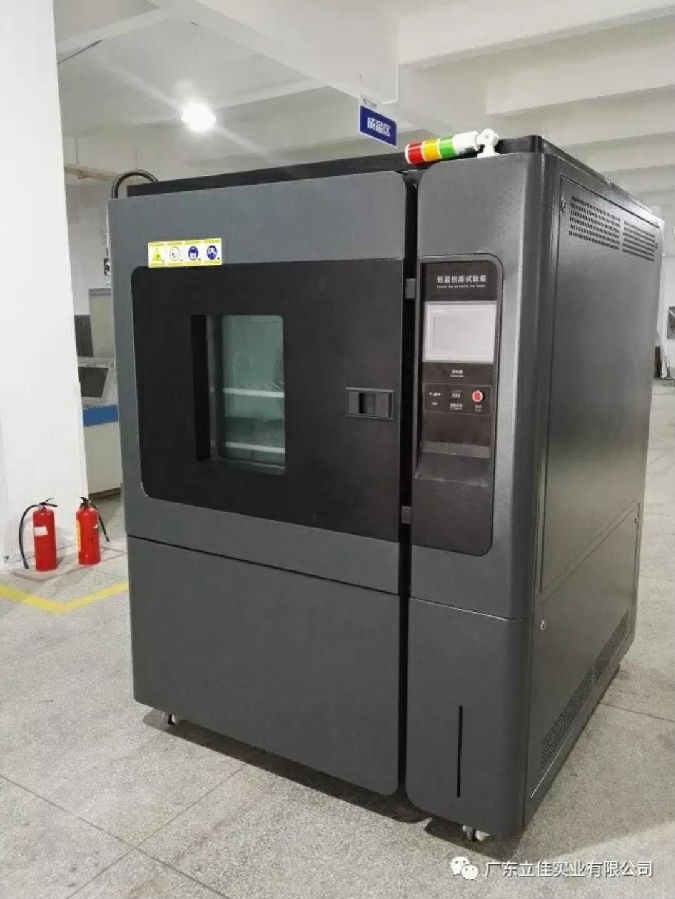When is the rapid temperature change test chamber calibrated?
The rapid temperature change test box is suitable for aerospace products, information electronic instrumentation, materials, electricians, electronic products, various electronic components to test the performance indicators of the product under rapid temperature changes. The rapid temperature change test chamber bump cycle refrigeration cycle uses reverse card cycle, which consists of two isothermal processes and two adiabatic processes. The process is as follows: the refrigerant is adiabatically compressed to a higher pressure by the compressor, and the work is exhausted to increase the temperature of the exhaust gas, and then the refrigerant is heat-exchanged with the surrounding medium through the condenser isothermally, and the heat is transferred to the surrounding medium. After the refrigerant is expanded by the adiabatic operation of the valve, the temperature of the refrigerant drops. After the zui, the refrigerant absorbs heat from the higher temperature object isothermally through the evaporator, so that the temperature of the object to be cooled is lowered. This cycle is repeated to achieve the purpose of cooling.
The structure design of the rapid temperature change test box is advanced and reasonable, and the supporting products and functional components have the international advanced level, which can adapt to the long-term, stable, safe and reliable production requirements. The user can satisfy the processing and production requirements of the above-mentioned uses, and the use, operation and repair are convenient, the service life is long, the appearance is beautiful, the user interface is prominent, and the operation and monitoring of the process household are more simple and intuitive.
The quick-temperature temperature test chamber debugging and calibration is usually carried out in three cases, each with excellent defects. Let's take a look at the following small series.
First, calibration under load conditions:
The strength of this approach is that it can more accurately evaluate the impact of test samples on the performance of the test chamber, and easy to obtain detailed information on the environmental experiments of key components or parts of the test sample.
The defect is that when the test sample is replaced, the requirement is calibrated from the beginning.
Second, calibration under no load conditions:
The advantage of this method is that the entire working area of the rapid temperature change test chamber has been calibrated and the applicability of the rapid temperature change test chamber can be effectively evaluated.
The defect is that the effect of the test sample on the test chamber cannot be evaluated.
Third, the real-time measurement during the process:
This approach does not only have the advantages of the above approach. Moreover, it is possible to obtain comprehensive environmental parameters of the test samples in the environmental process, and often use them in product experiments with high environmental requirements.
The defect is that the process measurement equipment is required for each environmental experiment, and the calibration method under no-load conditions is usually used when the test chamber is calibrated.


